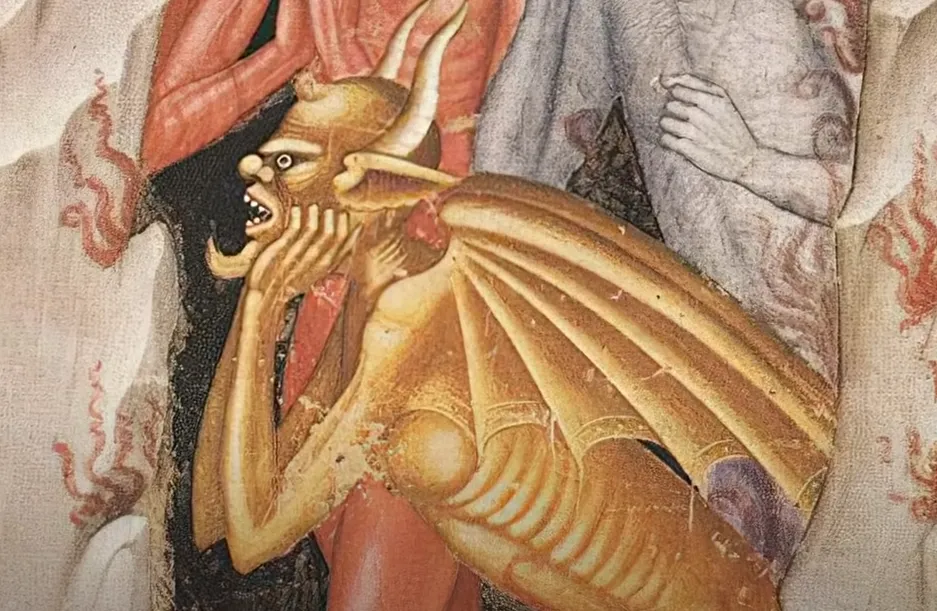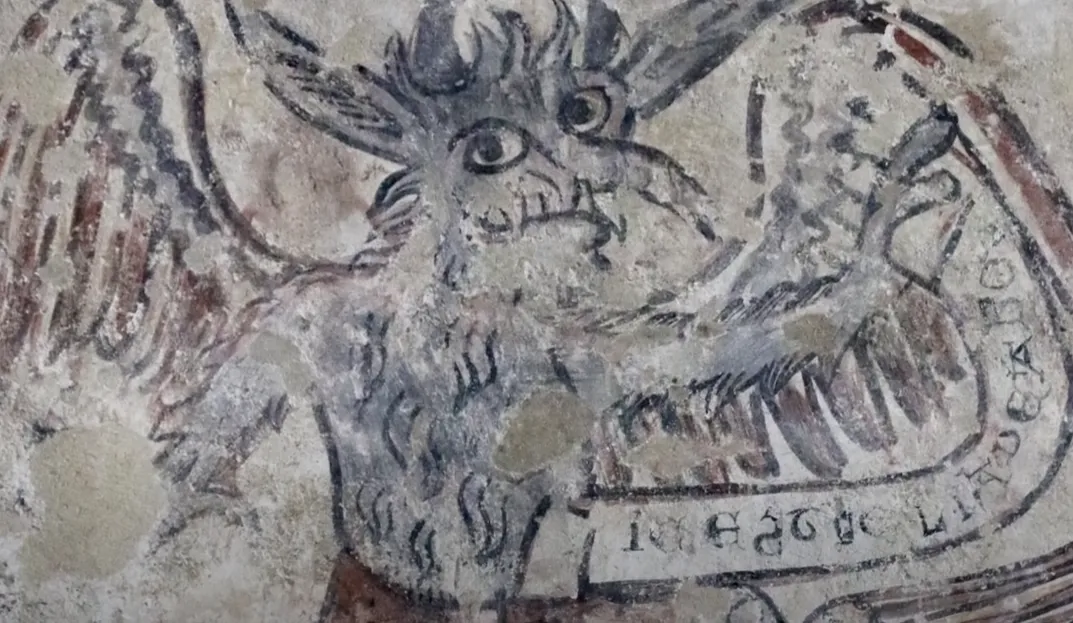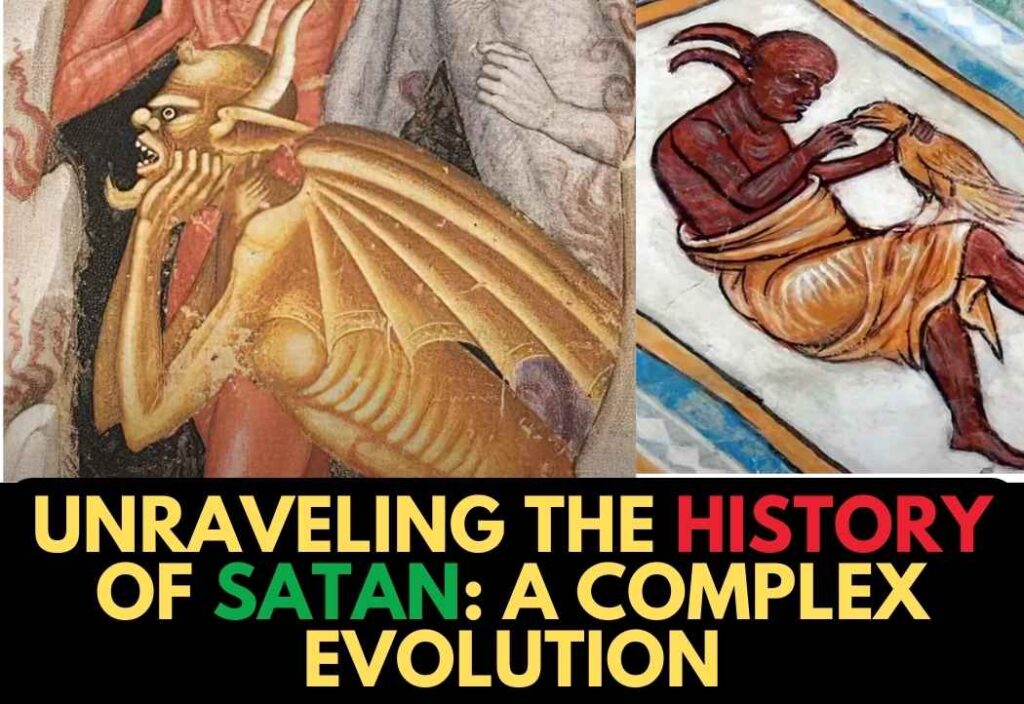The concept of Satan, as the ultimate embodiment of evil, is deeply ingrained in Christian theology. But this figure, known today as the devil, wasn’t always seen as the prince of darkness ruling over a host of demons. The idea of Satan as we know him evolved over centuries, influenced by various cultures, religious beliefs, and historical events.
In the earliest texts of the Hebrew Bible, the word “satan” didn’t refer to a singular being of pure evil. Instead, it simply meant “adversary” or “accuser” and was often used to describe human opponents or obstacles.

For instance, in 1 Samuel, David is referred to as a potential “satan” by the Philistines. Even when the term began to describe a divine figure, it wasn’t in the context of a rebellious angel. In the Book of Job, “the satan” is more like a prosecutor in a divine court, testing Job’s faith under God’s supervision. This satan wasn’t the enemy of God but rather a part of God’s celestial court.
The transformation of Satan from a divine adversary to the leader of fallen angels began to take shape during the Second Temple period, following the Jewish exile in Babylon.
This era saw the Jewish people coming into contact with Zoroastrianism, an ancient Persian religion that depicted the universe as a battleground between a perfectly good god, Ahura Mazda, and a wholly evil spirit, Angra Mainyu.
This dualistic worldview, with its clear distinction between forces of good and evil, likely influenced Jewish thought, leading to the development of a more defined and malevolent figure of Satan.

As Jewish theology evolved, so did the role of Satan. The Dead Sea Scrolls, discovered in the mid-20th century, reveal a growing belief in a cosmic struggle between good and evil. These texts speak of Belial, an evil angel leading the forces of darkness, in opposition to the Archangel Michael, the leader of the forces of light.
Here, Satan begins to take on the characteristics of an enemy not just of humanity, but of God Himself, aligning more closely with the image that would later dominate Christian theology.
The New Testament further cements Satan’s role as the ruler of demons and the tempter of souls. No longer just an accuser in God’s court, Satan becomes the chief antagonist in the spiritual realm, tempting Jesus in the wilderness and influencing Judas to betray Christ.

This portrayal is a significant departure from the earlier, more ambiguous depictions, marking Satan as the ultimate source of evil.
As Christianity spread throughout the Roman Empire, these ideas continued to evolve. The early Church Fathers debated the nature of Satan, and by the medieval period, the image of Satan as a red, horned figure with a pitchfork had become iconic, even though it was largely a product of artistic imagination rather than biblical description.
Today, the idea of Satan as a fallen angel, leading a rebellion against God and ruling over hell, is a central component of Christian belief.

However, understanding the historical and cultural contexts that shaped this figure reveals a complex and multifaceted journey from adversary to arch-nemesis.
The origins of Satan, rooted in ancient texts and influenced by interactions with other religions, show how theological concepts can evolve and adapt over time, reflecting the changing beliefs and values of different societies.
Johnny specializes in content related to Jesus, the Bible, and religious topics. With a profound understanding of spirituality, Johnny’s articles are both insightful and inspiring, guiding readers through the complexities of faith.




